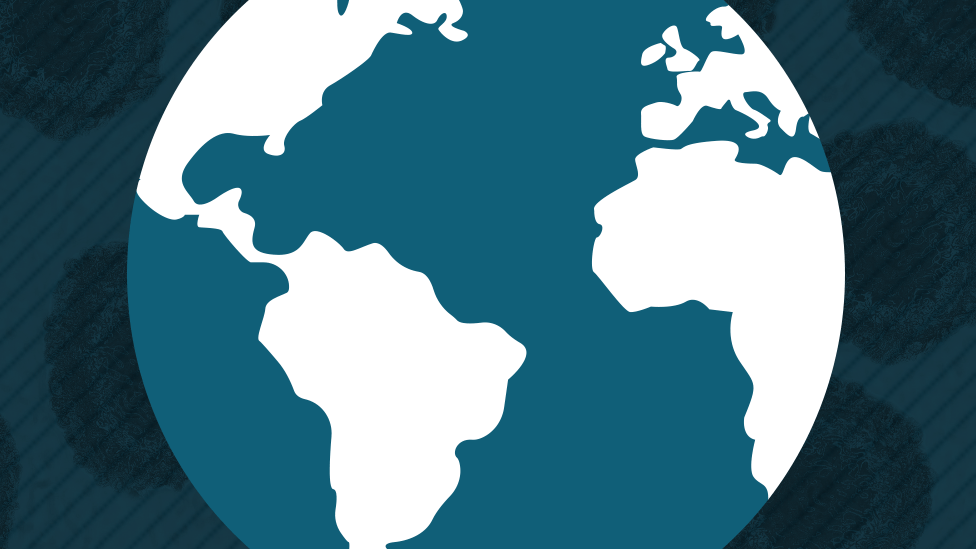Coronavirus: All 50 US states move toward reopening
- Published
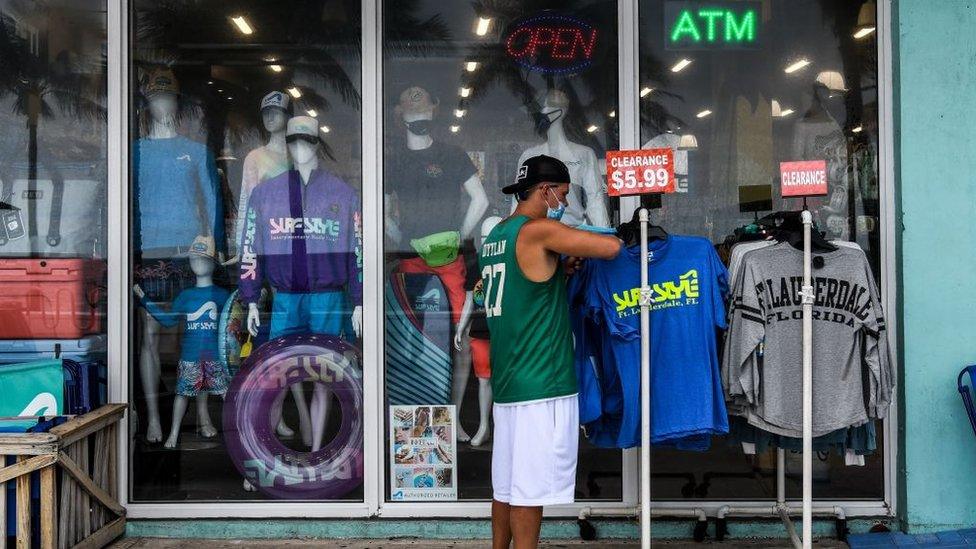
Shops have started to reopen in Florida
As the country's death toll surpasses 92,000, all 50 US states have partially reopened after a two-month shutdown.
On Wednesday, Connecticut became the final state to lift restrictions when it gave the green light to shops and restaurants under certain conditions.
But wide discrepancies remain between states in terms of infection rates and the pace of their economic restart.
Many have not met the federal guidance on how to reopen, including a 14-day "downward trajectory" of cases.
The District of Columbia is expected to announce its reopening next week.
Countrywide, the US is seeing an overall downward trend in new cases and deaths over time.
Some of the hardest-hit areas, including New York, New Jersey and Washington state are now showing the sharpest declines, while majority of states have reached plateaus. Still, states like Arizona and North Carolina continue to report increases.
What are different states doing?
Many like Connecticut have started with a state-wide approach, with varying degrees of restrictions.
In Maryland, for example, residents must stick to outdoor recreation, including golf courses, beaches and campgrounds, while states like Oklahoma now allow residents to attend religious services, get a tattoo, and even spend an evening at a nightclub.
Slower moving states - mostly concentrated in the country's North East and West Coast - have begun regional openings.
In California, for example, some restaurants and retail locations will be allowed to open, but only in counties that meet standards for testing and declining infection rates.
Trump says Covid cases are a 'badge of honour'
Last week, District of Columbia Mayor Muriel Bowser extended the city's social distancing restrictions until at least 8 June.
The guidelines may be loosened, however, if DC meets a series of reopening metrics set out by Ms Bowser, including a two-week decline in community spread of the virus.
What does the new guidance say?
In 60 pages of guidance released by the Centers for Disease Control this past weekend, the centre provides detailed guidance to particular sectors.
In schools, for example, desks must be placed six feet apart and face the same direction, with temperature checks for all staff and students.
In restaurants, the CDC advises establishments open first with limited seating to allow for social distancing, and place higher-risk workers in roles that limit their interaction with customers.
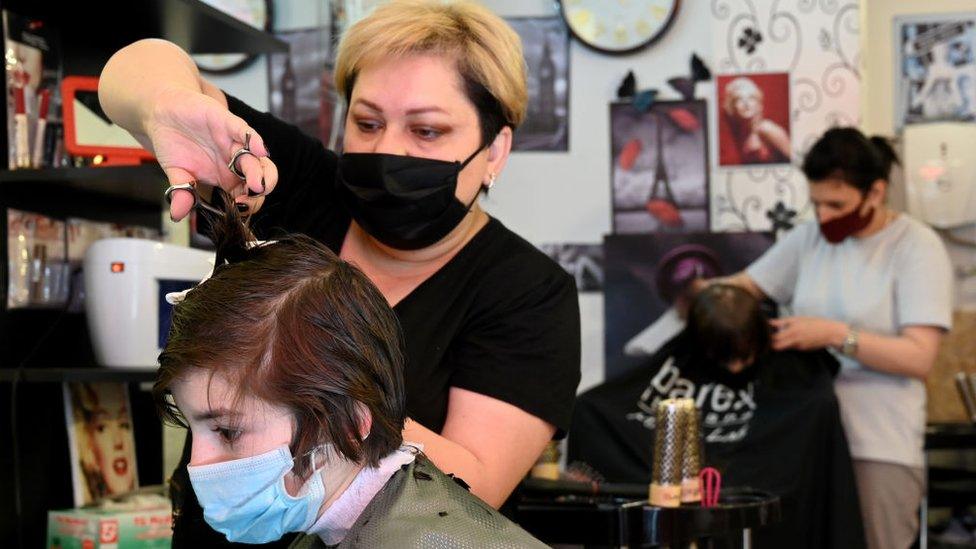
Residents in Georgia are now able to get a haircut as part of the state's reopening
And states are advised to ensure a decline in reports of "covid-like symptoms", documented cases and positive tests over a 14-day period.
But even as confirmed cases in the US pass 1.5 million, not all states are following the guidelines as they forge ahead.
Texas, for example, which has begun its reopening in earnest, reported its highest single-day jump in cases on Saturday, with 1,801 new infections.
What else is happening in the US?
Just one day after employees returned to work at a Ford assembly plant in Chicago, thousands were forced to leave after someone tested positive, according to BBC's US partner, CBS News.
In Florida, which has taken aggressive steps to reopen, a developer who created the state's Covid-19 web portal says she was fired for refusing to manipulate data "to drum up support" for loosened restrictions.
A spokeswoman for the governor said the employee, Rebekah Jones, was dismissed because she was "disruptive". As of Thursday, Florida had at least 47,471 confirmed cases.

THE R NUMBER: What it means and why it matters
GLOBAL SPREAD: Tracking the pandemic
RECOVERY: How long does it take to get better?
A SIMPLE GUIDE: What are the symptoms?

- Published20 May 2020
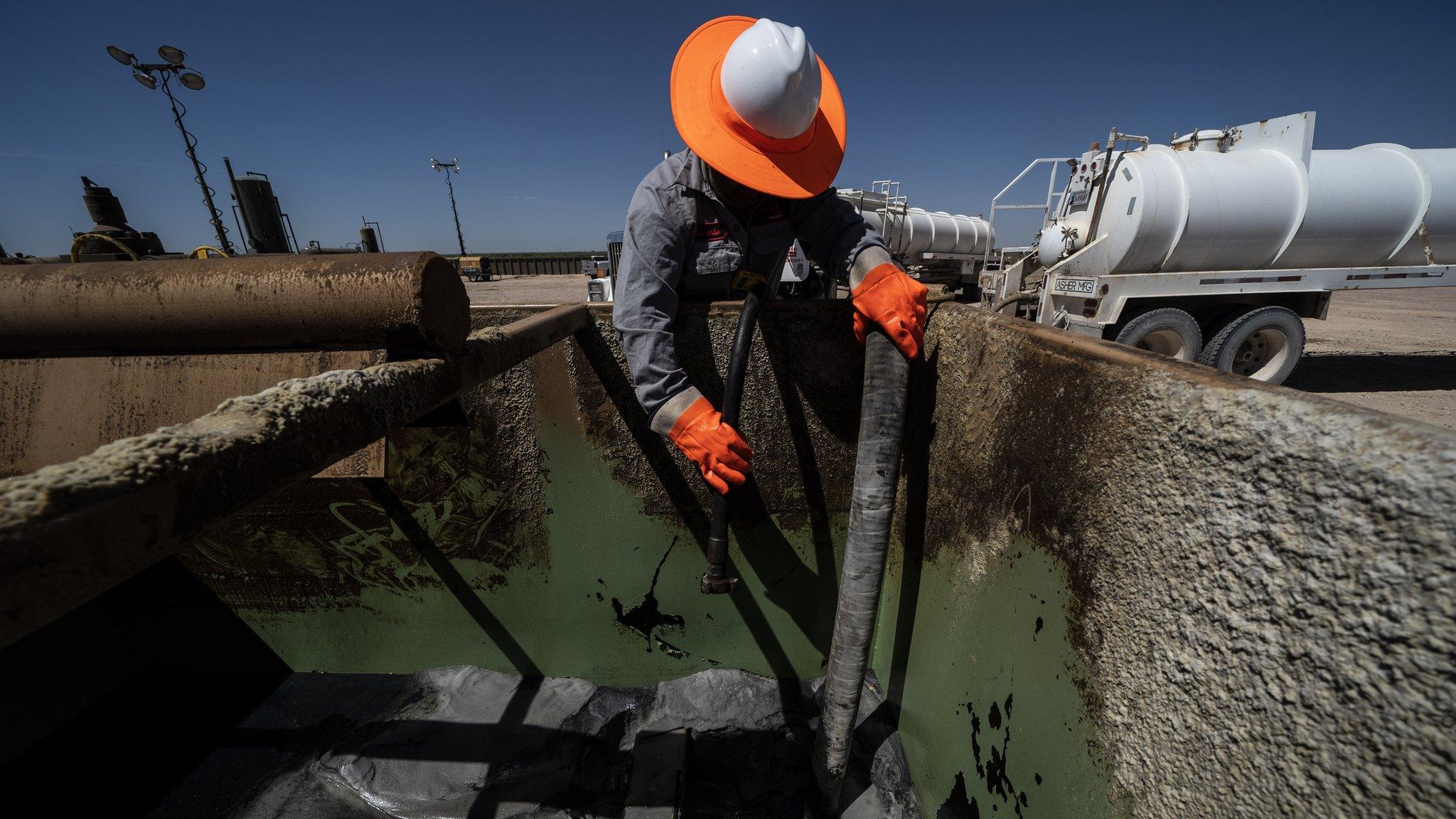
- Published15 May 2020
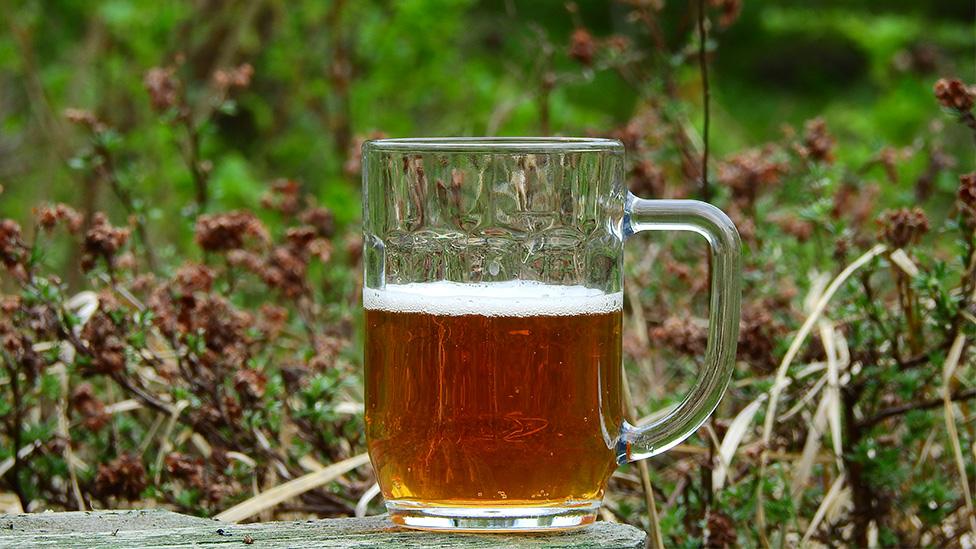
- Published5 July 2022
